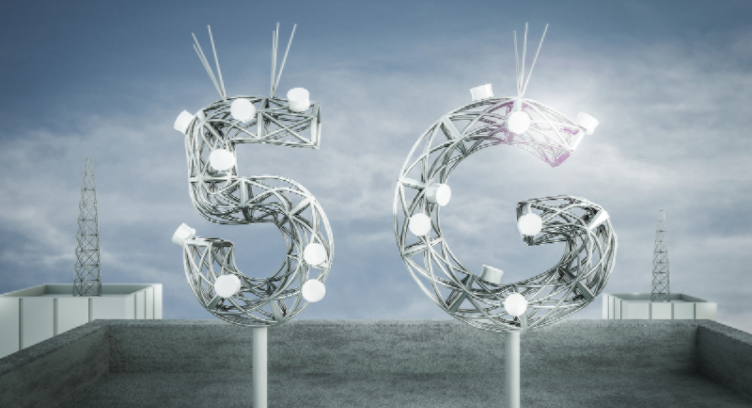SFR is to develop its 5G SA core network, and deploy and resell 5G private wireless networks with Nokia, a leading-edge communications solutions provider.
As part of its ongoing 5G deployment, SFR has signed a strategic partnership with Nokia for the supply and integration of its cloud-native 5G SA core. This 5G network core will be deployed in 2023 and will enable SFR to provide its enterprise and consumer customers with ultra-low latency 5G advanced services.
Nokia will also support SFR in the deployment of a 5G Private Wireless Network, with the leading-edge Nokia Digital Automation Cloud (DAC) 5G end-to-end solution. This solution will enable customers wishing to work in a closed mobile environment (from the radio access to the 5G network core), and will operate independently of SFR's mobile network.
With this architecture, which will be featured in the SFR 5G Showroom, the entire network will be autonomous and dedicated to the customer. SFR will also offer a "Hybrid Private Network" mobile solution for customers wishing to benefit from both an isolated architecture (high latency, throughput or security requirements), and a virtual architecture for the needs of employees who would like to have national coverage. SFR is the 1st operator to implement 5G SA Network Slicing service in a customer network environment.
SFR has already tested the Network Slicing service with Nokia teams and at the end of 2022 they implemented it on the Altice Campus with the group's media teams.This use case, which is essential for image reporters (JRI), consists of preserving the upload rates required for live reports. A "slice" or sub-network has been reserved for them according to their needs, by simulating conditions of heavy radio use.
This new architecture, which makes it possible to provide a specific quality of service according to critical needs, in real time and in a secure manner, becomes concrete thanks to the latest generation 5G SA core.SFR is No. 1 in the number of 3.5 GHz 5G sites and No. 1 ex-aequo on the 5G nPerf score
With the desire to always provide the best experience for their customers, SFR works every day tooffer them an optimal quality of service. This commitment is recognized by the ANFR, which ranks SFRNo. 1 in terms of the number of mobile 5G sites deployed in the 3.5 GHz frequency band (with 5,622 technically operational sites), as well as by nPerf, which, in its 2022 barometer of mobile internet connections in metropolitan France, ranks SFR No. 1 ex-aequo on the nPerf 5G score, taking intoaccount criteria such as throughput, latency and web browsing quality. Closure of 2G and 3G networks in 2026 and 2028 respectively SFR has decided to reallocate the radio frequencies of its 2G and 3G networks to its 4G and 5G networks in the coming years.
This operation will make it possible to provide more bandwidth and further improve responsiveness and voice quality thanks to the widespread use of VoLTE. These latest technologies are smarter and more secure, and are also more efficient in terms of energy consumption.The 2G and 3G networks, launched respectively in 1991 and 2000, will therefore cease to be operated by SFR at the end of 2026 (2G) and 2028 (3G). SFR will support customers who do not yethave access to the most recent technologies (individuals, professionals, IoT networks), as the time table will make it possible to anticipate this modernization in a natural renewal cycle.
Nokia has deployed mission-critical networks to more than 2,200 leading enterprise customers in thetransport, energy, large enterprise, manufacturing, webscale, and public sector segments around the globe. It has also extended its expertise to more than 515 large private wireless customers worldwideacross an array of sectors, and has been cited by numerous industry analysts as the leading provider of private wireless networking worldwide.




















